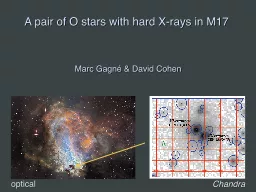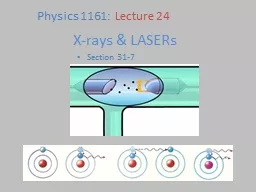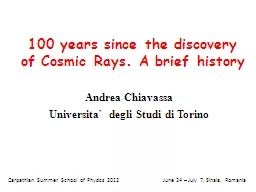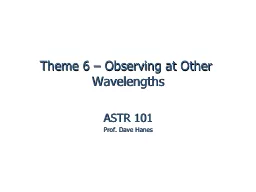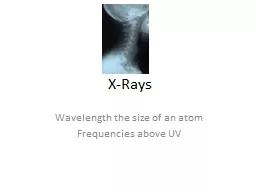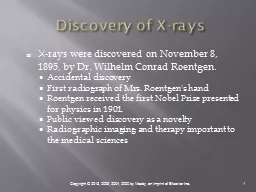PPT-A pair of O stars with hard X-rays in M17
Author : sherrill-nordquist | Published Date : 2017-12-30
Marc Gagné amp David Cohen Chandra optical 2MASS optical Three models for massive star xray emission 1 Instability driven shocks 2 Magnetically channeled wind
Presentation Embed Code
Download Presentation
Download Presentation The PPT/PDF document "A pair of O stars with hard X-rays in M1..." is the property of its rightful owner. Permission is granted to download and print the materials on this website for personal, non-commercial use only, and to display it on your personal computer provided you do not modify the materials and that you retain all copyright notices contained in the materials. By downloading content from our website, you accept the terms of this agreement.
A pair of O stars with hard X-rays in M17: Transcript
Download Rules Of Document
"A pair of O stars with hard X-rays in M17"The content belongs to its owner. You may download and print it for personal use, without modification, and keep all copyright notices. By downloading, you agree to these terms.
Related Documents

